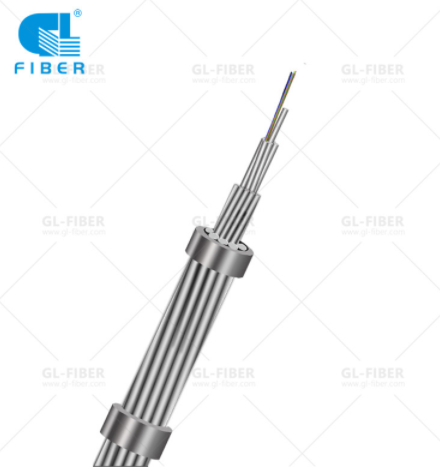When it comes to aerial installations, two popular options for fiber optic cables are ADSS (All-Dielectric Self-Supporting) cable and OPGW (Optical Ground Wire) cable. Both cables have their advantages and disadvantages, so it is important to consider the specific needs of the installation before deciding which one is better.
ADSS cable is a type of fiber optic cable that is designed to be self-supporting without the need for a metal messenger wire. This makes it a lightweight and easy-to-install option for aerial installations. ADSS cable is also resistant to corrosion and damage from environmental factors, making it a durable choice for installations in areas with harsh weather conditions.
On the other hand, OPGW cable is a fiber optic cable that is installed on high-voltage transmission towers. It consists of optical fibers that are encased in a layer of aluminum and steel, providing both electrical and optical conductivity. OPGW cable is designed to withstand extreme weather conditions and is resistant to damage from environmental factors.
In terms of performance, both ADSS and OPGW cables are capable of transmitting data at high speeds over long distances. However, OPGW cable typically has a higher bandwidth capacity than ADSS cable, making it a better choice for installations that require a high-speed and reliable data transmission.
Another factor to consider is the cost of installation. ADSS cable is often less expensive to install than OPGW cable, as it does not require a metal messenger wire. However, OPGW cable may be a more cost-effective option in the long run, as it requires less maintenance and has a longer lifespan than ADSS cable.
In conclusion, both ADSS and OPGW cables are suitable options for aerial installations. The choice between the two depends on the specific needs of the installation, including the required bandwidth, environmental factors, and cost considerations. Ultimately, it is important to consult with a professional to determine which cable is the best fit for the installation.


